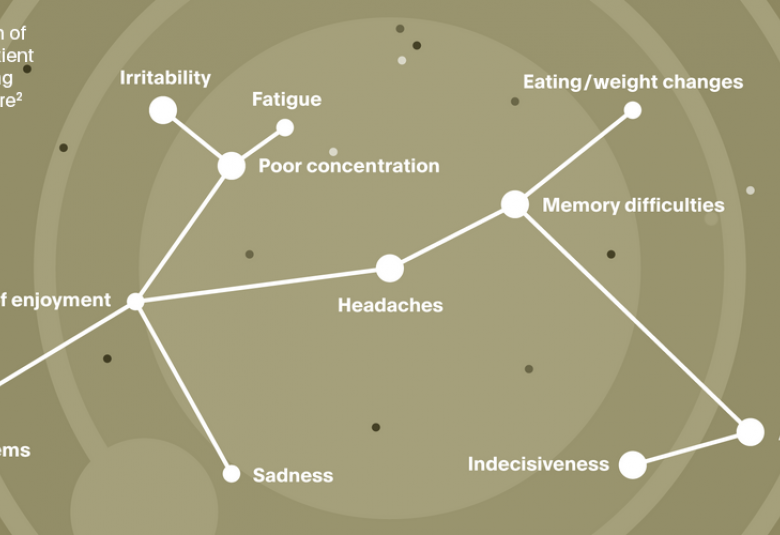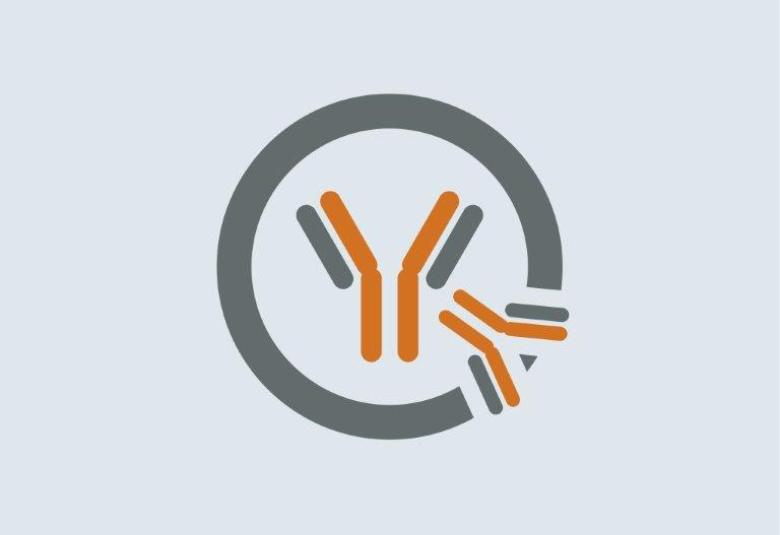Thirty years ago, most of the genome was described as junk – useless relics of evolution. How times have changed. We are now beginning to understand what this ‘junk’ does and it’s fascinating. Epigenetics – the study of the control of gene transcription - is already yielding considerable information in today’s laboratory studies as was discovered during a themed session at MDS2018.
In an overview of epigenetics and its impact on neurodegeneration, Tiago Outeiro, Germany, explained how a growing body of evidence now exists linking epigenetic alterations - including DNA methylation status, histone modification and altered micro-RNA expression - to the development of neurological disorders. However, much still remains to be done in the rapidly-expanding area and there is a need to perform comprehensive studies of epigenetic modulation investigating different brain regions and analyzing several disease-related genes.
Evidence now exists linking epigenetic alterations - including DNA methylation status, histone modification and altered micro-RNA expression - to the development of neurological disorders
What lies ahead is the promise that some of the epigenetic modifications uncovered could become useful therapeutic targets, early biomarkers or targets for epigenetic treatments such as DNA-demethylating drugs and histone deacetylating inhibitors.
alpha synuclein in the nucleus – fact or artefact
alpha synuclein (a-Syn) is one of the pathogenic players responsible for Parkinson’s disease (PD). However, the mechanism underpinning its involvementis only now being picked up. Indeed, until recently the presence of a-Syn within the nucleus was considered an artefact.
What is now apparent is that a-Syn can occur in the nucleus in human cells and does interact with DNA. Furthermore, it appears that a-Syn modulates gene expression possibly via interactions with DNA and modulation of histone acetylation.1 By forcing a-Syn from the cytosol into the nucleus altered its gene expression and reduced toxicity compared to controls.
Nuclear localization of a-Syn is affected by phosphorylation on serine 129. Thus, both subcellular localization and phosphorylation status modulate the effect of a-Syn on transcription and its toxicity.
The fact that epigenetic mechanisms are at play here suggests a potential mechanism to reverse or ameliorate accumulation of a-Syn.
Non-coding genetic elements
Other researchers have taken a different approach towards correction of genetic variants in experimental models such as a-Syn overexpression, as Menno Creyghton, Netherlands, explained while giving an overview of non-coding genetic elements and their impact on neurodegeneration.
In particular, Dr Creyghton described the activity of genetic enhancers. These are cis-acting, DNA sequences that can influence gene transcription. The good news is that there are potentially 400,000 of these elements expanding the mutational space beyond genes. This affords a means of increasing variation between individuals and, therefore, potentially driving evolution by turning gene expression up or down or maybe on or off, depending where an enhancer is sited. They’re what make us human.
To study an effect, use the right tissue at the right time
Right tissue - right time
The bad news is that these elements generate modest context-dependent defects that have to be investigated in the right environment. This means an effect has to be studied in the right tissue at the right time. This means that not only will animal models be unsuitable for research, the exact human tissues involved in disease pathology also must be used. Tricky stuff.
Properties of enhancers2
- Function independently of orientation and at various distances from their target promoters
- Scattered throughout the non-protein genome
- Location relative to their target gene is highly variable (upstream, downstream, within introns)
- Don’t necessarily act on genes closest to them and some can regulate multiple genes
- Hard to identify as their genetic sequence code is poorly understood
- Their activity is restricted to:
- Particular tissue or cell type
- Time point in life
- Specific environment
- Their discovery is challenging!
Enhancer identified in PD
This makes it all the more remarkable that Soldner et al. were able to identify a common PD-associated risk variant in an enhancer element that regulates the expression of a-Syn. Their findings suggest that transcription deregulation of a-Syn is associated with specific binding of brain specific transcription factors identified as Emx2 andNkx6.1. Again, there is optimism that such dysregulation may be correctable.3
Future therapies looking promising
Wim Mandemakers, Netherlands, concluded this themed symposium by considering the therapeutic implications of epigenetic and non-coding modulatory elements. Already a considerable body of preclinical work has accumulated in which DNA methylation, histone acetylation and microRNA (miRNA) have been targeted in the manipulation of expression of genes thought to be involved in PD.
Norwegians would prevent PD?
None has yet made it to clinical trials although the approach of Mittal et al. has yielded some interesting findings. After running a screening programme of compounds that regulate a-Syn expression, they noted that several β2 adrenoreceptor agonists reduced a-Syn expression. Upon examining the medical histories of 4 million Norwegians, they found that those taking β2 adrenoreceptor agonists were at reduced risk of PD. Those taking β2 adrenoreceptor antagonists, on the other hand, were found to be at increased risk of PD. 4




